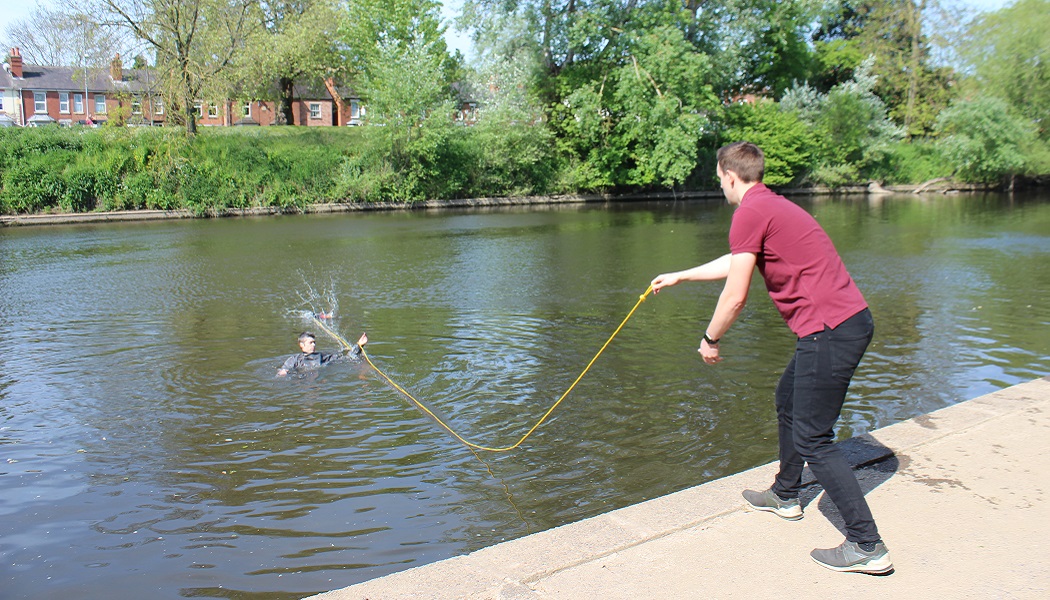The Society, a leading provider of water safety training and education, has created a new course to give those working on heritage sites which feature water the skills to assist rescues without putting their own lives at risk.
“The UK has a wealth of historic buildings and heritage sites, many boasting ponds and lakes or are located close to rivers, canals and other bodies of water. When seeing someone in difficulty, people’s first instinct is to enter the water to help, putting themselves in danger,” notes Hannah Wiggins-Bettles, regional engagement manager at Royal Life Saving Society UK.
“Our new Water Rescue Equipment Training course is specifically designed to teach people how to respond in an emergency situation in a safe way, while maximising the chances of saving the casualty’s life,” she adds.
The two-hour course educates participants on the hazards and dangers of open water, basic rescue techniques, how to use rescue equipment that can be found around waterways across the UK, as well as how to safely improvise where no rescue equipment is available. Attendees will also learn how to engage with casualties, identify cold water shock, and provide critical information for emergency services.
“When incidents occur, it can be the rescuer who ends up losing their life. Owners and operators of heritage sites based near water have a moral obligation to ensure their staff know what to do in an emergency situation, protecting their employees and ultimately preventing drownings,” Wiggins-Bettles concludes.






